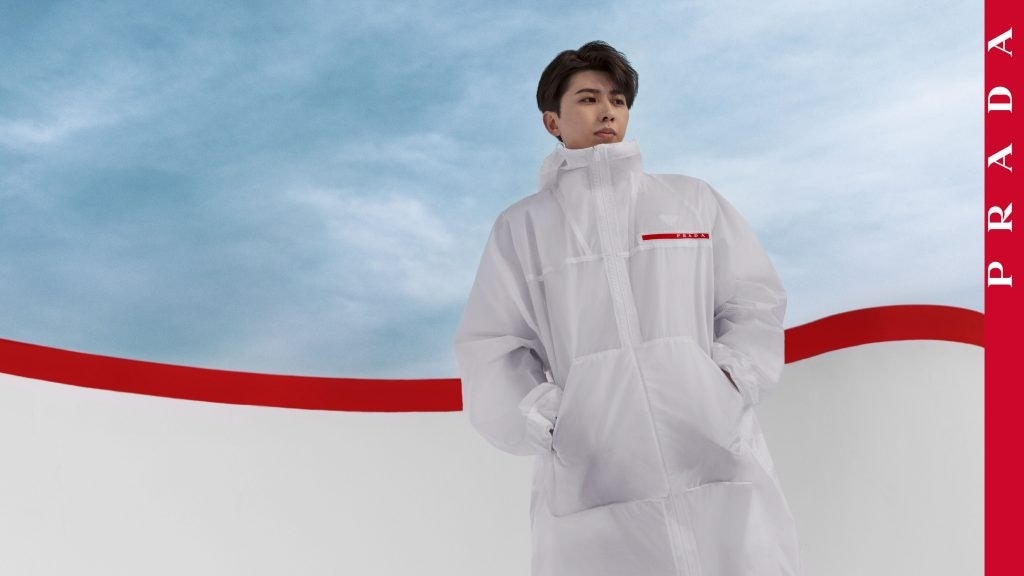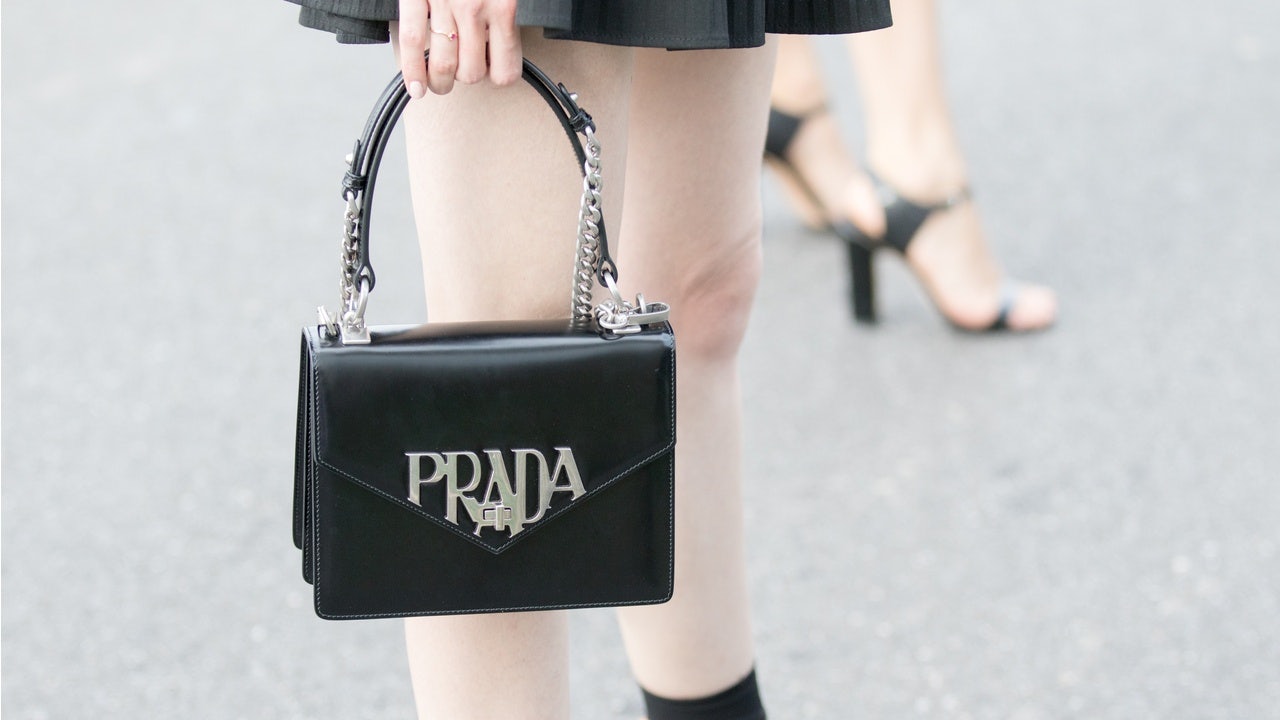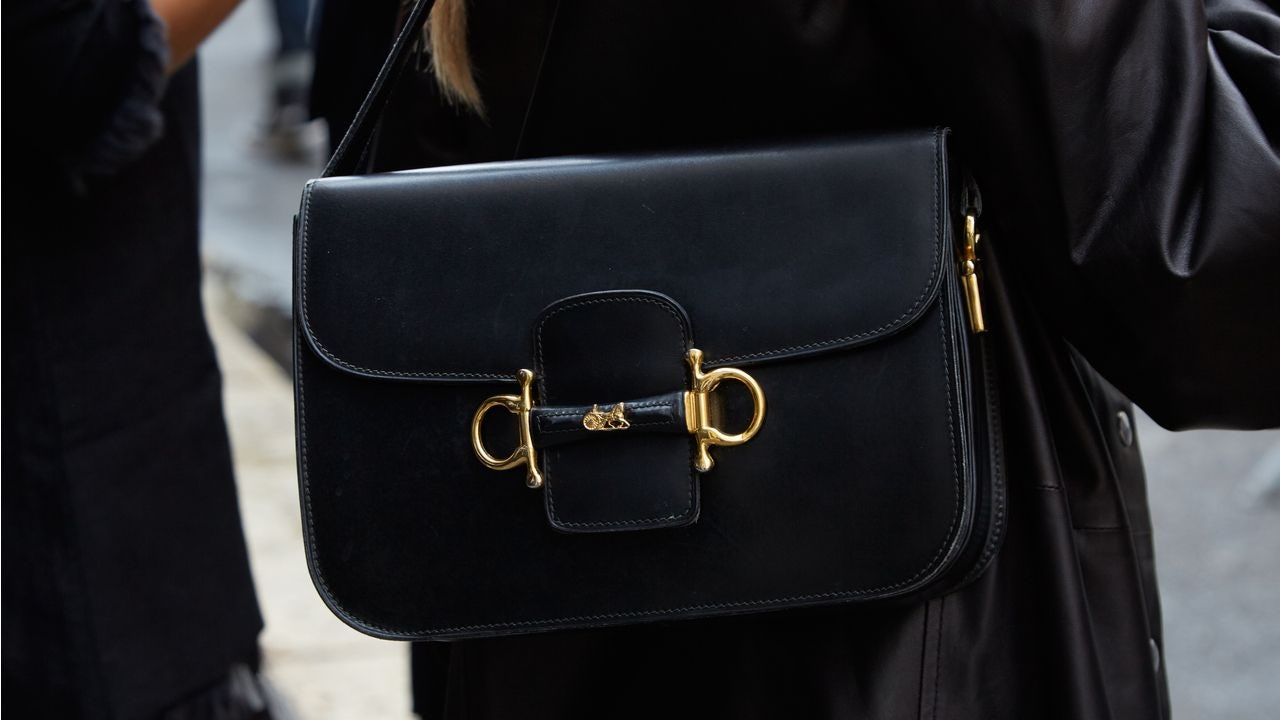Key Takeaways:#
Since Prada and Bottega Veneta have been stellar examples of brands that initiated a strong turnaround, excited their customers all over the world, and gained enormous traction with younger target groups, there is clearly a strong correlation between improving desirability and the ability to reduce or entirely discontinue promotions.
Hermès, Louis Vuitton, Dior, and Gucci were among the most successful luxury brands during Q1 2021. These brands do not ever discount and keep incredibly tight control over their distribution, fostering the ability to exercise full control over the brand's storytelling, which generates trust.
The ability to create desire over time depends on becoming an agent of innovation, change, and influence so you can connect with the most influential target group: Generation Z.
I was recently interviewed for an article about how many luxury brands have become dependent on wholesale (leading them to lose control over their brand position) and luxury discounting. My advice for new and emerging brands was to "avoid selling on multi-brand sites entirely” and that “discounts are a ‘mass-market technique’ that educates customers to buy cheaper, and become less emotionally involved and loyal."
When brands search for growth, it is always tempting to expand distribution and promote items. Yet, short-term gains come at the expense of brand equity, profitability, and ultimately, they gamble on their future for easy short-term growth. While gambling may be appropriate in Monaco or Las Vegas, doing it in luxury is the kiss of death.
For this article, Vogue Business analyzed the change from promotional activities on multi-brand sites in Q1 2021 (the period from January to March) and compared it with the same period in 2019 — a year before the pandemic forced luxury brands to shut down their store operations around the world. The results were not wholly unexpected, yet the magnitude of change surprised me.
First, best-in-class brands reduced their promotional activities and focused more on building brand equity. Prada, Tom Ford, Bottega Veneta, Saint Laurent, Nike, and Adidas are great examples of brands that significantly reduced their dependency on promotions. Since Prada and Bottega Veneta have been stellar examples of brands that initiated a strong turnaround, excited their customers all over the world, and gained enormous traction with younger target groups, there is clearly a strong correlation between improving desirability and the ability to reduce or entirely discontinue promotions.

Looking at brands that increased promotional activities by double digits, Ralph Lauren and Emporio Armani stand out, with increases of 34 and 41 percent in promotional activities, respectively. Numbers like these are not rounding errors; they indicate a fundamental shift in strategy and suggest that the brands may have significant difficulties selling a large part of their items at full price. That, in turn, suggests that those brands provide their target audience with far less brand equity than the prices they charged before going on sale.
I have argued that promotions are the quickest way to destroy a luxury brand in many of my interviews and publications. They reward the casual customer who is looking for a deal but has little to no brand loyalty. Yet, they also punish loyal customers who support the brand at full price. When promotion frequencies increase, customers get educated to wait until the next promotional drive — a vicious cycle that systematically weakens the brand. Customers who were loyal and purchased at full price are also educated through promotions... that they paid too much when they chose to buy at full price. In other words, brands signal to their best customers that they provide less value than the prices they charge. A catalyst for brand equity destruction.
Hermès, Louis Vuitton, Dior, and Gucci were among the most successful luxury brands during Q1 2021. These brands do not ever discount and keep incredibly tight control over their distribution, fostering the ability to exercise full control over the brand's storytelling, which generates trust. If a customer knows that a product will never be discounted or sold to another customer at a lower price, the value perception of that brand gets significantly strengthened. The willingness to buy a luxury brand depends, to a large extent, on the story of the brand and the trust consumers have.
The pandemic led to dramatic revenue and demand swings for some luxury brands, and many did not recover. Deeper discounts and selling “at all costs” only haunt the brands that apply these tactics. Instead, brands should look at the playbook of the best performing brands by focusing entirely on value creation.
The name of the game is desire. Brands must focus on desirability. Bernard Arnault, the founder, and CEO of LVMH, famously compared luxury to desire. Jochen Zeitz, the CEO of Harley Davidson, claimed to be refocusing his brand on “desirability.” The ability to create desire over time depends on becoming an agent of innovation, change, and influence so you can connect with the most influential target group: Generation Z. To do so, brands must provide excitement, memories, and the perception of a love relationship between customer and brand. When customers fall in love with the brand, there is a fire of desire. When they need to be persuaded with hard-selling tactics, price-offs, and promotions, there is no desire, only the perception of desperation.
As key global luxury markets carefully reopen post-pandemic — particularly those in China, Europe, the Middle East, and North America — customers are looking for inspiration. They want to reward themselves with the ultimate treat. They want to dream again and realize those dreams. That is why brands should never discount and should do the utmost to create extreme value. Building up a distinct brand position is a complex task that requires precision and differentiation. Promoting destroys all these efforts immediately. Focus on what matters by following the post-pandemic luxury playbook.
Daniel Langer is CEO of the luxury, lifestyle and consumer brand strategy firm Équité, and the professor of luxury strategy and extreme value creation at Pepperdine University in Malibu, California. He consults some of the leading luxury brands in the world, is the author of several luxury management books, a global keynote speaker, and holds luxury masterclasses in Europe, the USA, and Asia. Follow @drlanger


